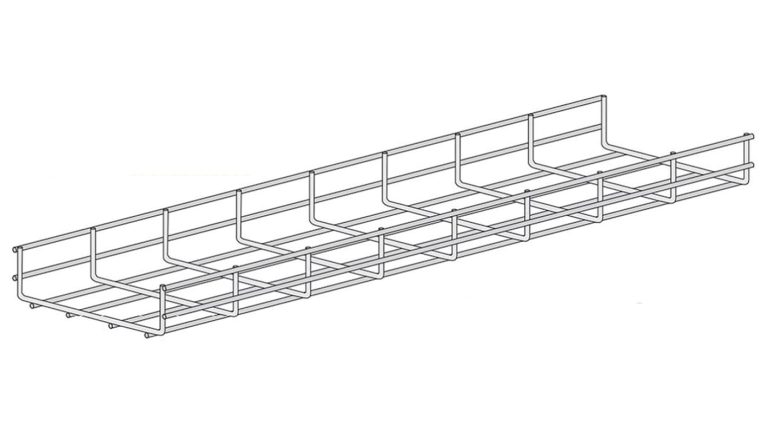Australia’s renewable energy landscape is booming, and the adoption of solar battery systems is rising as households and businesses seek to become more self-sufficient and reduce their carbon footprint. With various options available, choosing the right solar battery for your needs can initially seem daunting.
Examining Your Energy Consumption and Solar System
Before you begin the shopping process, it’s crucial to understand your energy consumption patterns and how they align with your current or future solar photovoltaic (PV) system. Your existing energy usage will dictate the size and scope of the battery system you need. Factors to keep in mind include:
- Peak usage: When do you use the most electricity? Early evening peak demand typically presents the biggest challenge, as solar panels are less effective during this time.
- Solar system capacity: What is the maximum energy your PV system can produce?
- Feed-in tariffs and battery optimization: Understand the economics of solar by analyzing feed-in tariffs from your retailer and ensure your battery’s storage and release capacity is optimized.
The goal is to size your battery system to suit your usage patterns and maximize your savings.
Battery Performance and Capacity
Battery performance is measured in efficiency and depth of discharge (DoD). Efficiency is how well the battery captures and stores energy from the sun and later converts and delivers it when needed. On the other hand, DoD tells you how much of the battery’s capacity can be used before recharging is required. Typical DoD values for lithium-ion batteries range from 80-90%, meaning they can discharge 80-90% of their capacity before recharging.
Regarding capacity, the battery’s energy storage is measured in kilowatt-hours (kWh). A higher-capacity battery will be able to store more energy and support a larger portion of your usage, effectively reducing your reliance on the grid.
Understanding Battery Types
In the Australian market, the two main types of solar batteries you’ll encounter are lead-acid and lithium-ion. Lead-acid batteries are cheaper upfront but have a lower round-trip efficiency and a shorter lifespan than lithium-ion batteries. Lithium-ion options offer better efficiency, a longer life cycle, and a higher DoD, but they cost more initially.
Each comes with its set of advantages and disadvantages. Understanding these differences is vital in making an informed decision based on your needs and budget.
Solar Battery Longevity and Warranty
The lifespan of a solar battery is an essential consideration. Lithium-ion batteries can last upwards of 10 years or more, with some manufacturers offering warranties that cover the battery’s capacity for a specific number of cycles. Pay close attention to the warranted cycles and capacity at the end of the warranty period, as they can be good battery life indicators.
In addition to lifespan, it is important to consider the battery’s performance warranty, which covers the degradation of its ability to store energy over time and use. A longer performance warranty period can provide peace of mind and an indication of the manufacturer’s confidence in the product.
Safety Considerations
Safety is a key concern because solar batteries are typically installed in or around homes. It would help if you always opted for batteries certified by reputable safety organizations.
It’s also worth considering the safety features of the battery system, such as thermal runaway prevention, flame-retardant components, and protection against overcharging and over-discharging.
Integration with Home Energy Management Systems
Some solar and battery systems integrate with home energy management systems, allowing for remote monitoring and control of your energy use. These smart batteries can work with smart home systems and even learn your usage patterns to optimize energy consumption automatically.
Before you purchase, consider how important these features are to you and whether a more straightforward battery with no smart capabilities better fits your needs.
The Role of Price and Incentives
Solar and battery price in Australia vary significantly depending on the brand, capacity, type, and additional features. While it’s important to consider your budget, the cheapest option may only sometimes be the most cost-effective in the long run.
Australia offers several incentives for residential and commercial battery installations that can help offset some of the costs. Research the available rebates, feed-in tariffs, and other financial incentives in your area to assess their impact on the total cost of ownership.
Installation and Maintenance
A qualified professional should install a solar battery to ensure the system complies with local regulations and safety standards. Maintenance requirements for solar batteries are generally low, but it’s essential to keep the system clean, ensure proper ventilation, and check for any signs of wear or damage periodically.
Discuss the installation and maintenance aspects with potential providers to understand what will be required and whether they offer service packages to ease the ongoing maintenance of your system.
In-Depth Comparison of Leading Brands
It’s always worthwhile to compare different brands when looking for the right solar battery. Some leading names in the Australian market include Tesla Powerwall, LG Chem, Sonnen, Emphasis, and Alpha-ESS.
Compare these brands based on factors that matter most to you, such as price, warranty, performance, and reputation. Read reviews and seek feedback from other users to get a sense of the long-term performance of each brand’s products.
Future-Proofing Your Investment
Finally, consider the future growth of your energy needs and solar technology. Will your battery system be able to scale up if you expand your solar PV system or if your energy usage changes over time?
Investing in a battery system that allows for modular upgrades or has the capacity for future expansions can provide flexibility and ensure that your investment remains relevant as solar and energy storage technology develops.
Conclusion
Choosing a solar battery is a significant investment that can bring immediate and long-term benefits to your household or business. By thoroughly evaluating the factors mentioned in this guide, you can select a solar battery system that aligns with your energy goals, budget, and performance expectations, ensuring a greener and more sustainable energy future for you and the environment.
![Инстаграм Блог - Исправьте свои проблемы [Советы и рекомендации]](https://wikigeneral.net/wp-content/uploads/2023/05/cropped-Инстаграм-Блог-Исправьте-свои-проблемы-Советы-и-рекомендации.webp)





